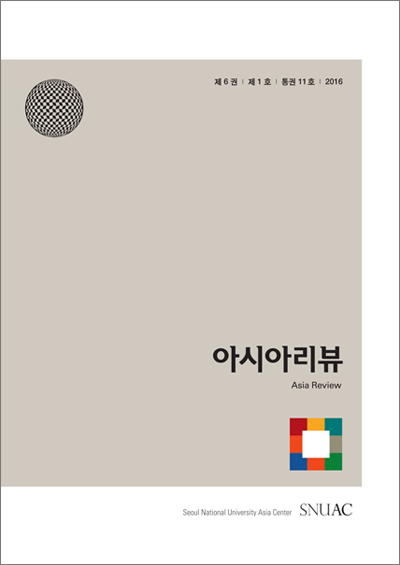Scholars of Indian politics have been very interested in examining the electoral outcome of India’s general elections and its implications for the evolution of the Indian party system. Such scholarly studies can be broadly divided into three distinct periods. The first period can be identified when analysts called Indian polity as the one-party dominance system to describe the hegemony of the Congress party. For instance, whereas Kothari (1964) and Morris-Jones (1964)’s studies describe the political landscape of India in the 1950s and 1960s as a Congress-dominated one party system, Weiner (1982)’s scholarly work points out the electoral outcome of the 1980 general election as the restoration of the Congress system in Indian politics.
The second period can be marked when scholars stated to argue that the Congress-dominated system no longer existed and a new system had taken over. For example, whereas Hewitt (1989), Pai (1990) and Yadav (1999)’ s studies shows that the Congress system is dead as the party no longer dominate India’s electoral politics as it did in the previous decades, Pai (1996), Seshia (1998), Verney (2003) and Sridharan (2005)’s studies imply that in the post-1990s era there was a transformation in the Indian party system from “the one party system to the multi-party system”. Some studies such as Singh (2001), Kumar (2013) and Swain (2008)’s works on the rise of regional parties and regionalization of Indian Politics in the post-Congress era can also be included in the second period.

